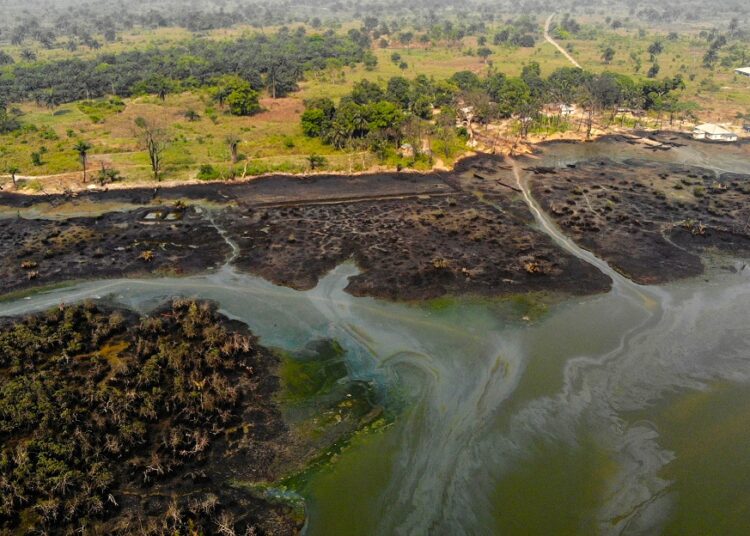The management of Pipeline Infrastructure Nigeria Limited (PINL) has announced the expansion of its surveillance operations to cover gas lines and other critical national infrastructure in the Eastern Corridor of the Niger Delta.
Speaking on the development, the general manager of Community Relations and Stakeholders Engagement at PINL, Dr Akpos Mezeh, said the move reflects the company’s commitment to supporting the federal government’s Renewed Hope Agenda, which focuses on job creation and poverty alleviation.
According to him, the broadened operational mandate has already translated into more employment opportunities for young people in oil-bearing communities.
“With the expanded scope, we have created more surveillance jobs for youths in the region. PINL now provides direct employment to over 35,000 young people across oil-bearing communities in the Niger Delta,” Mezeh stated.
He explained that the protection of oil and gas facilities requires both manpower and community collaboration, adding that involving local youths in such initiatives not only secures vital infrastructure but also reduces restiveness in the region.
“We urge other tiers of government to complement these efforts by providing more opportunities for our youths,” he appealed.
President of the Ijaw Youths Council (IYC) Worldwide, Jonathan Lokpobiri, described the company’s approach as a model for how homegrown companies can build trust with host communities and assured the firm of the IYC’s continued partnership.
He added that the government should consider expanding the firm’s responsibilities to cover wellheads and other oil infrastructure.
A representative of the Niger Delta Buckingham Palace Group, Mike Edokumo, also highlighted the wider benefits of pipeline surveillance in the region.
In the same vein, the leader of the Coalition of Grassroots Leaders in the Niger Delta, Comrade Ebiwari Edmond, said constant engagement with communities has reduced insecurity and oil theft.
Supporting this view, Mr John Onyifie, stressed the need for stronger protection of flow stations, which he described as vulnerable points where multiple pipelines converge.






